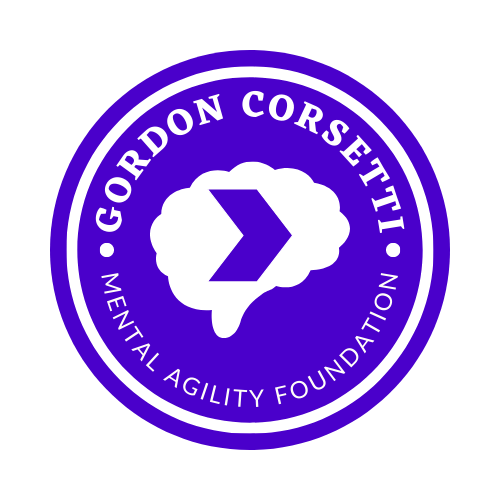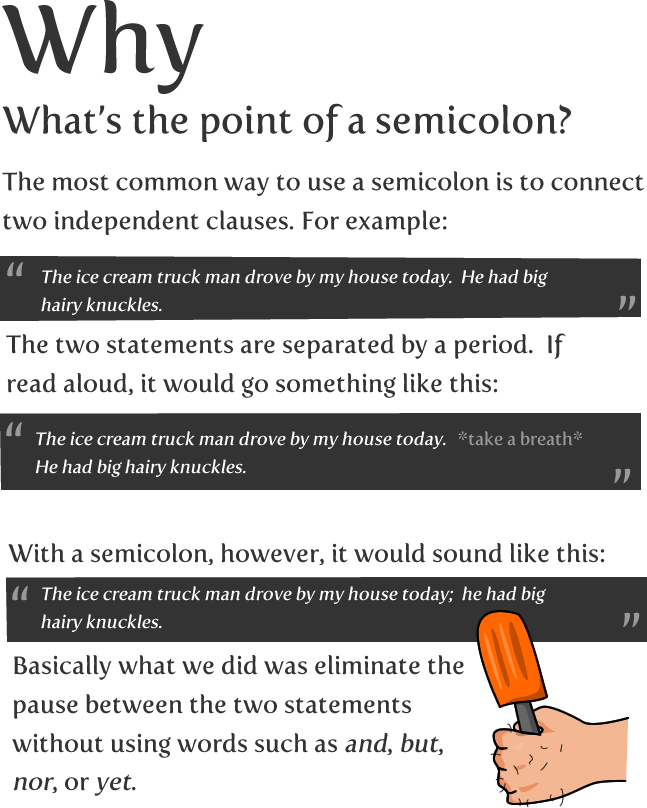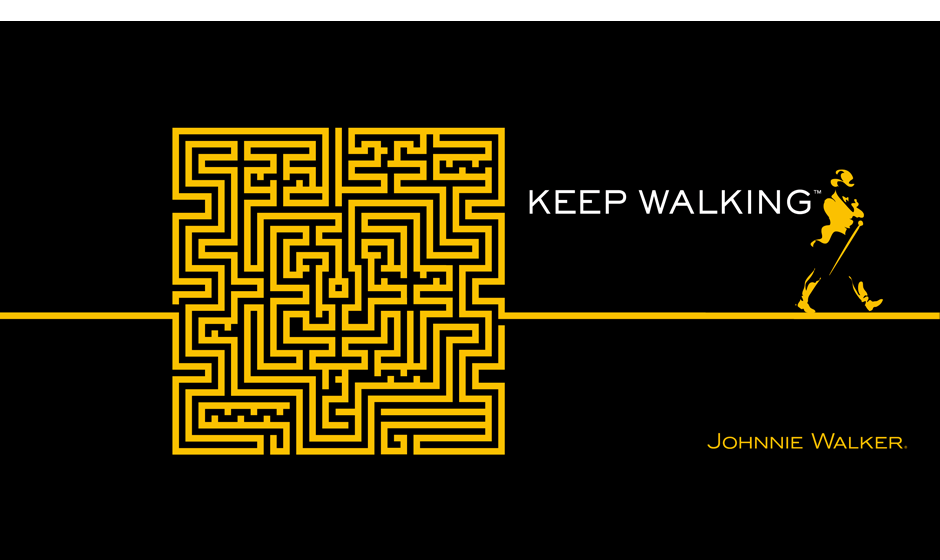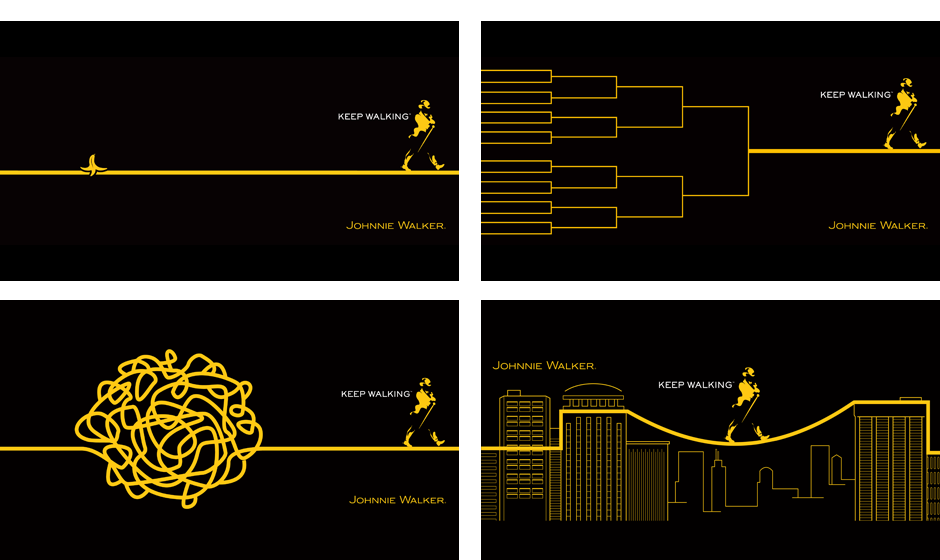Reminders for Better Living
/When a general returned to Rome following a victorious campaign, he paraded through the city with great pomp and circumstance.
It was customary for a slave gladiator, known as an Auriga, to whisper in the general’s ear: “Memento homo”.
Remember, you are but a man.
I suppose the modern-day corollary would be for the Golden State Warriors to hire someone to whisper in Steph Curry’s ear, “You are only a man,” while he hoists the NBA championship trophy.
It is a sobering statement in moments of victory. A reminder that we all came from dust, and to the dust we shall return. Our victories, our accolades, our possessions - nothing we do or accumulate will follow us in death, and pride, as Proverbs tells us, "goes before destruction, and a haughty spirit before a fall." While celebrating an accomplishment, it is of immense value to remember that a recent victory does not mean victory in perpetuity.
Today, though, it is fortunately impossible to forcibly compel a fellow human to give you reminders, and it is cumbersome to hire a person to stand next to you all day. However, we have devices that are always nearby and frequently checked. They can be used to remind us to think differently, to consider our choices, and to help us live the life we most want to live.
I like the quote, “Confine Yourself to the Present” by Roman Emperor Marcus Aurelius. I have it as the first section of my work binder, incorporated into my computer wallpaper, and my good friend Kevin Forrester even turned the quote into a work of art!
Having a reminder that I see multiple times a day, helps me combat my brain’s default mode of negative thinking. I can easily slip into a poor frame of mind, and it takes vigilance to keep my mind in an attitude that helps me live my life in my way.
Whether our devices are slaves to us, or are we slaves to our devices, is a question I will tackle in a different article. For now, I like taking a quote from 1,800 years ago and welding it with 21st century technology to keep me focused in a meaningful way.
If you would like a simple, and stoic wallpaper reminder for your computer or mobile device; you can download mine below.
Mobile Wallpaper
Desktop Wallpaper































